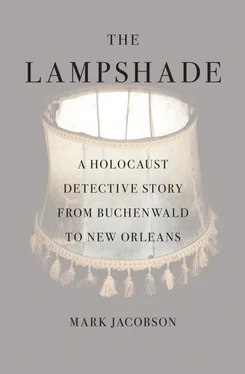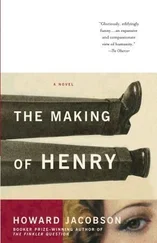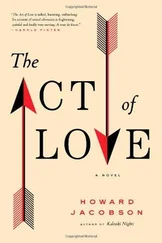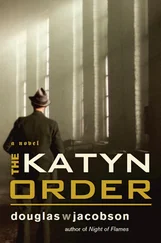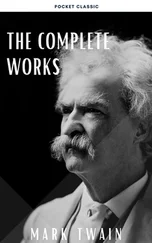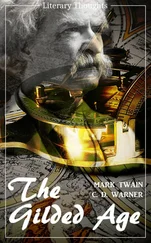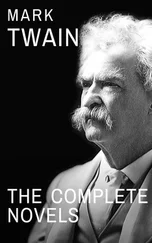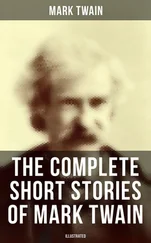Thirty-eight years later, Jelly Roll Morton, one of the earliest New Orleans jazz geniuses, the brilliant Storyville piano player and noted braggart (he claimed to have invented jazz single-handedly in 1902, when he would have been twelve years old), recorded a number of interviews with Alan Lomax for the Library of Congress. One of these sessions included a segment entitled The Story of the 1900 New Orleans Riot and the Song of Robert Charles . As Charles was well on his way to being completely forgotten by this time, no one was checking Morton’s veracity, which was spotty.
Playing chords at the piano as he speaks, a weary-sounding Jelly Roll (his career in tatters, he would be dead within three years), begins the Charles story with a burst of bluster. Claiming to have “been there when it all happened and been there when it all stopped,” Morton says that “Robert Charles must’ve been a marksman… because every time he would raise his rifle, when a policeman was in sight, there’d be a policeman dead. It was never learned how many policemens [ sic ] were killed. Some said thirty-two, some said eighteen, and so forth and so on.” (The actual number was seven.) After reporting that “anyplace a white man seen a colored man, there was a fight, or a colored man seen a white man, there was a fight” and laying in a little tourist hoodoo about Charles possibly still walking the streets at night, Morton seems to tire of the topic. Fending off the eager Lomax, Morton says he can’t recall any of the “bad man” songs inspired by Charles’s act save a lyric about how “the police wouldn’t let him get his hat” and soon drifts into talking about some obscure blues singers.
This is too bad because Jelly Roll does allude, briefly, to “this one killing that arose Robert Charles to fury, a killing that haunted Robert Charles and started the great New Orleans Riot.” As mentioned in the accounts of both Ida B. Wells-Barnett and William Ivy Hair, whose Carnival of Fury is the accepted basic source on the Charles Riots, the “killing” was very likely the 1899 lynching of Sam Hose in Georgia. Charles was apparently obsessed by the incident.
In one of the grisliest post-Reconstruction episodes, Hose, a farmworker, was accused of murdering his employer, Alfred Cranford, raping Cranford’s wife, and maiming their child. Hose’s protests that he’d killed Cranford with an ax in self-defense after the boss drew a gun during a dispute over wages (Hose denied the other charges) fell on deaf ears. He was tried two weeks after the killing and sentenced to death. His execution brought out a crowd of two thousand (two trains full of gawkers came from Atlanta), people craning their necks to get a better view as Hose was systematically tortured, his ears, fingers, and genitals severed from his body, the skin sliced away from his face and torso. Then, doused in kerosene, he was burned alive before being hung from a tree.
The local paper, the Newnan Herald and Advertiser, devoted the entire front page to the event. “The expected has happened,” the account began somberly. “Sam Holt [ sic ], the black fiend… has been caught and made to pay the penalty for his crime… Overtaken by the wrath of an outraged community, burned at the stake, his very ashes scattered to the winds, there is nothing to remind us that such a monster in human form ever had existence save the bitter recollection of his infamous career while on earth.”
As horrific as Hose’s death was, what most affected Robert Charles, according to Hair’s book, was that many viewers had approached the ravaged corpse to cut off pieces of his skin to take home as souvenirs. Later Hose’s heart, knuckles, and facial skin were displayed in local store windows and offered for sale.
Seven decades after Robert Charles made his last stand at 1208 South Saratoga Street (now a bottle-strewn vacant lot in the Central City murder zone west of the I-10), another black man took on a fully deployed New Orleans police department. In an eerie reprise of the Charles incident, Mark Essex, an AWOL Navy man, entered the Downtown Howard Johnson on January 7, 1973, and began firing. Running past a frightened black hotel maid with a .44 carbine, Essex reportedly said, “Don’t worry, honey, I’m only killing whites today, no black people.” By the next morning, Essex, whom Stokely Carmichael praised for “carrying our struggle to the next quantitative level, the level of science,” had shot twenty-two people, killing nine, including six policemen. When he was finally stopped on the hotel roof in a hail of NOPD fire, Essex’s body had been hit over two hundred times. His right leg and tongue were severed from his body and found on the other side of the roof, several yards away. Like 1208 South Saratoga Street, the Howard Johnson, now a Holiday Inn with a jaunty painting of a clarinet on the side, is only a few blocks from Lee Circle.
• • •
Standing beside the general’s monument, I wondered if there was ever to be an end to this. One of the things people said about Katrina was that it pulled the covers off the question of race in America. Maybe for out-of-towners it did. But few in the Crescent City needed Kanye West to tell them that George Bush didn’t care about black people. That had been apparent once again only days before, on the second anniversary of the day Katrina made landfall. There was supposed to be a march from the spot in the Lower Ninth Ward where the Industrial Canal levee broke, down St. Claude Avenue, over to the Morial Convention Center, where thousands of storm victims had been stranded for days without food, water, or power. Skip Henderson and I decided to go over to the Lower Ninth to check things out. “They’ll get twenty people, if they’re lucky,” Skip said, as we made our way over the St. Claude bridge.
Much to our surprise, the trash-bound streets on the other side of the canal were packed with cops. Helicopters hovered above. There’d never been so many cops in the Lower Ninth in the history of the city.
“What’s going on?” inquired Skip.
“Bush!” replied one overweight white cop from behind the visor of his riot helmet. “Bush is in there,” the cop said, pointing to the Martin Luther King Jr. Charter School for Science and Technology at the corner of North Robertson and Caffin Avenue.
The president was in there talking about everything his administration was doing to aid New Orleans’s recovery. As White House spokesman Gordon Johndroe told reporters, the MLK speech was Bush’s “fifteenth visit” to the region since he’d first viewed the devastation from the window of the low-flying Air Force One. Inside the charter school, just about the only building in the entire neighborhood that was back up and running, the president greeted the children in his best Pet Goat style, before making a speech in which he reminded restive locals that U.S. citizens had already “paid out one hundred fourteen billion dollars in tax money— their money —to help folks down here” and that instead of complaining, people should look at the storm as “a great opportunity to really jump-start the reform efforts in New Orleans.” He finished up by saying how happy he was to once again be “in this part of the world,” as if giving a nod to Henry Stanley and other great profiteer explorers who had the temerity to venture to remote corners of the planet.
The unannounced speech was closed to the general public. Still, a cluster of neighborhood people, perhaps fifteen in all, had gathered in a sudden downpour at the corner of Poland Avenue to make their feelings known to a heedless man in a speeding bulletproof limousine.
Moments later, preceded by a long line of NOPD cruisers running full lights and sirens, the president’s car appeared on the rise of the heavily rusted Claiborne Avenue Bridge. However, to the consternation of the group, who had taken refuge from the rain under the porch of an abandoned home, they never got to see Bush. They’d picked the wrong side of the street. All that could be seen was a fleeting, anticlimactic glimpse of a smiling, waving Laura Bush. She was there for a moment, then gone, tailed by a phalanx of NOPD motorcyclists.
Читать дальше
